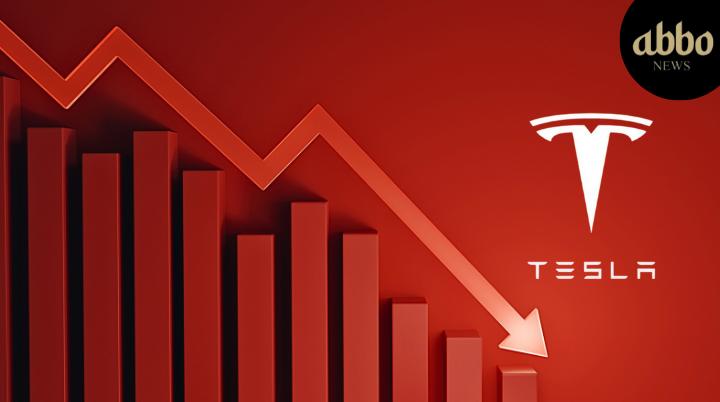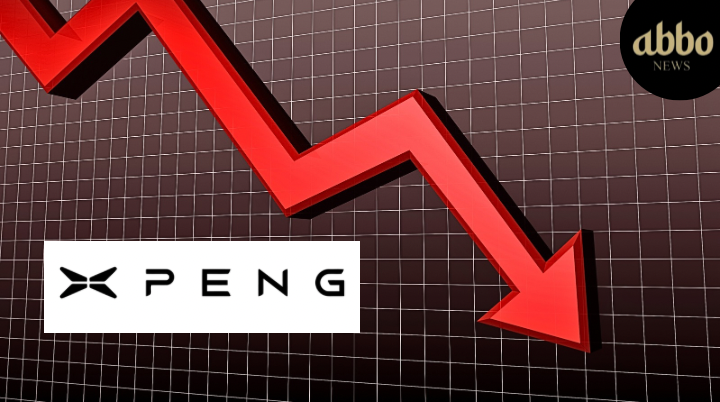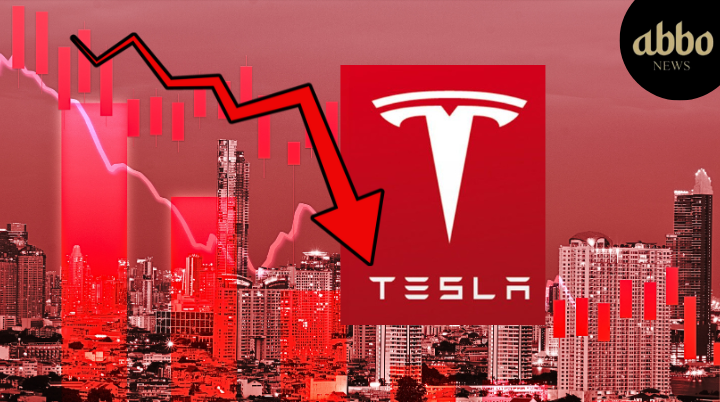Tesla (NASDAQ: TSLA) CEO Elon Musk said he expects vehicle sales to grow 20% to 30% next year, reassuring investors the company was improving its core business of selling electric vehicles profitably and reducing concerns about when it could produce a robotaxi.
The forecast, building on a target for “slight growth” in deliveries this year, pushed the company’s shares up 12% in post-market trading on Wednesday. This set up Tesla to add about $80 billion in stock market value.
A drop in the cost of making vehicles added comfort for investors who saw Musk focusing on boosting Tesla’s industry-leading margin, even as he talked about a future dominated by autonomous cars.
Tesla’s long-awaited unveiling of its robotaxi on October 10 failed to impress investors.
“No EV company is even profitable,” Musk told analysts on a conference call on Wednesday. “And to the best of my knowledge, there was no EV division of any company, of any existing profitable auto company. So it is notable that Tesla is profitable despite a very challenging automotive environment.”
Shares of Tesla’s smaller EV rivals Rivian (NASDAQ: RIVN) and Lucid (NASDAQ: LCID) both rose 2% after-hours.
Musk said Tesla (NASDAQ: TSLA) would roll out driverless vehicles offering paid rides next year after the company received regulatory approval in California and Texas.
He said adoption – and sales – of the company’s supervised autopilot software, known as Full Self-Driving, increased substantially after the robotaxi event. Tesla this month again offered FSD free for a month to its current customers, for the second time this year.
The company said in a statement earlier it remained focused on expanding its vehicle lineup, cutting costs, and making critical investments in AI projects and production capacity, despite uncertain demand and rivals pulling back on EV investments.
“Preparations remain underway for our offering of new vehicles – including more affordable models – which we will begin launching in the first half of 2025,” it said.
‘SWEET SPOT’
Tesla’s (NASDAQ: TSLA) third-quarter profit margin from vehicle sales, excluding regulatory credits, grew to 17.05% from 14.6% in the prior three-month period, according to Reuters calculations. Wall Street had expected 14.9%, according to 24 analysts polled by Visible Alpha.
But Tesla’s finance boss, Vaibhav Taneja, said it would be “challenging” to sustain these margins in the fourth quarter ending December.
The EV giant said that the labor and material costs of making vehicles, known as the cost of goods sold per vehicle, dropped to its lowest-ever level, about $35,100. Adjusted profit of 72 cents per share in the third quarter beat an average estimate of 58 cents.
Prices of raw materials used to make EV batteries have been falling and Tesla has said its costs will decline as a result this year, with the effect diminishing over time.
Taneja forecast more than $11 billion in capital expenses for next year.
“The improving numbers across the board signal the company may have finally found a nice sweet spot for the pricing-versus-production-costs equation,” said Thomas Monteiro, senior analyst at Investing.com. “The report also diminishes the urgency for a cheaper model.”
INCENTIVES
After slashing prices last year, Tesla (NASDAQ: TSLA) started offering lucrative financing options this spring to boost demand.
It has already delivered 1.29 million vehicles in the first nine months of this year. It needs to hand over another 514,925 vehicles to beat last year’s record.
“The fear going into results was that the huge incentives effort to push volumes into the tough EV market would materially dent margins – that doesn’t look the be the case,” said Matt Britzman, a senior equity analyst at Hargreaves Lansdown who also personally owns Tesla shares.
Revenue for the July-September quarter was $25.18 billion, compared with estimates of $25.37 billion, according to data compiled by LSEG. It reported sales of $23.35 billion in the corresponding quarter of 2023.
Tesla said it recognized its second-highest quarter of regulatory credit revenue. This metric was up 33% year-over-year to $739 million, but down from $890 million in the second quarter.
(Source: ReutersReuters)
Latest News on Tesla Inc (TSLA) Stock
Jennifer Tacker is a staff writer at ABBO News. She holds a B.A. from the University of Waterloo and a B.Ed from Western University. Jennifer has been active in the stock market and crypto sector for a decade. She specializes in technical analysis and trading strategies. Read Full Bio










